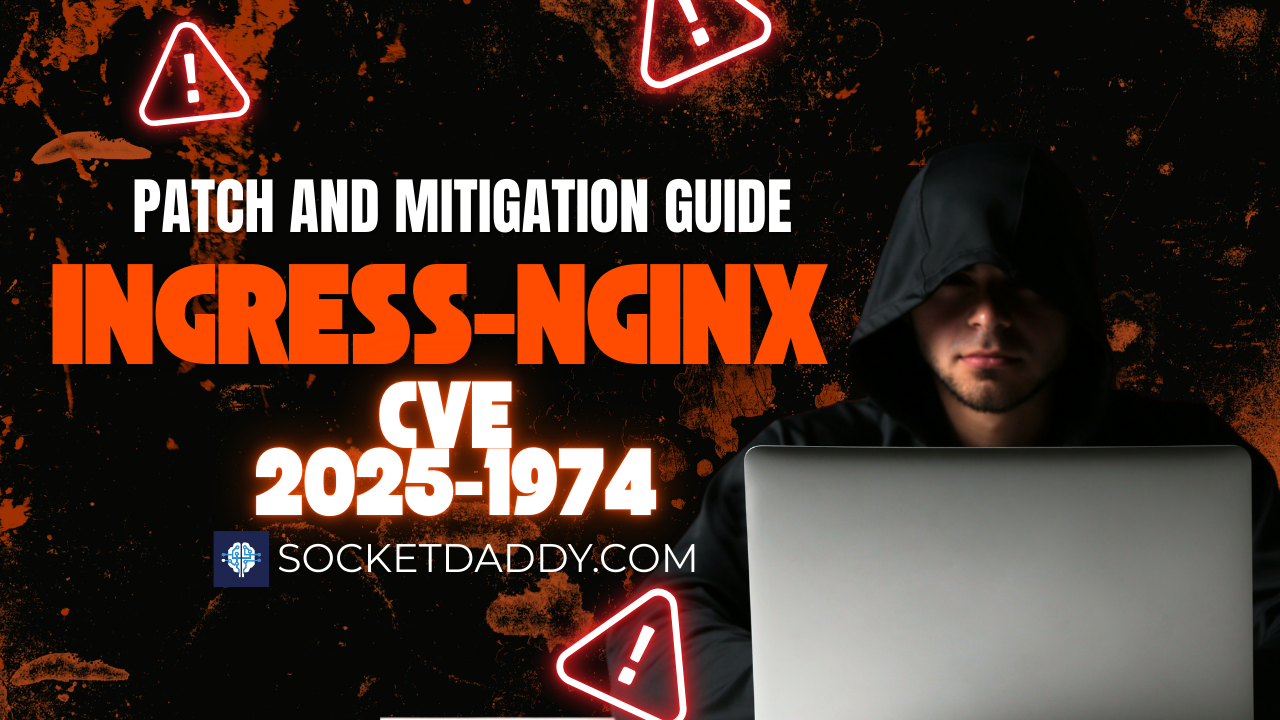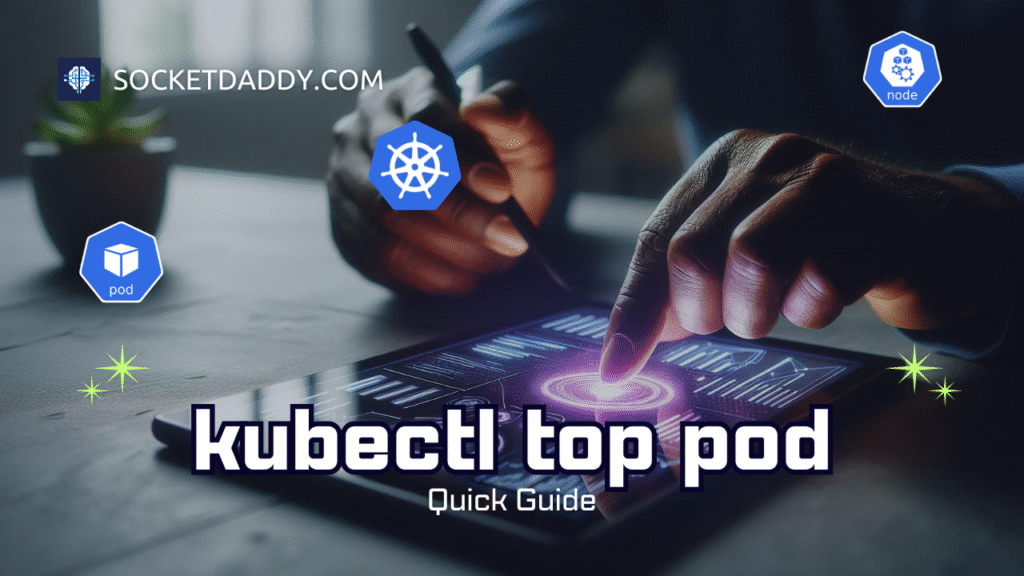Ingress-nginx maintainers released urgent security patches for CVE-2025-1974. This flaw lets attackers craft HTTP requests to bypass validation and run arbitrary code on your Kubernetes nodes. Admins must upgrade ingress-nginx to v1.12.1 or v1.11.5 without delay. This guide covers vulnerability details, impact analysis, upgrade steps, architecture changes, and cluster hardening.
TL;DR
- CVE-2025-1974 allows HTTP request smuggling and remote code execution via ingress-nginx.
- Ingress-nginx v1.12.1 (main) and v1.11.5 (LTS) patches fix this critical issue.
- Upgrade using Helm or raw manifests; restart pods and validate ingress rules.
- Review
NetworkPolicies,PodSecurityContexts, and RBAC to limit exposure. - Monitor ingress-nginx logs and snapshots; prepare rollback plan.
Ingress-nginx CVE Overview
CVE-2025-1974 stems from flawed HTTP header parsing in ingress-nginx controller. A malicious client can inject control characters and exploit buffer overflow. Attackers gain code execution inside the controller Pod. From there, they can escalate to hostLevel privileges if PodSecurityContext is too permissive.[1]
Understanding CVE-2025-1974 in ingress-nginx
The ingress-nginx controller uses NGINX as a reverse proxy. It parses incoming requests and forwards them to backend services. A crafted header containing overlong transfer-encoding values breaches internal buffers. NGINX C code mismanages pointer arithmetic, allowing a stack overwrite and arbitrary instruction injection.
Ingress-nginx CVE Impact Analysis
Over 40% of clusters run ingress-nginx. Unpatched systems remain vulnerable to remote takeover. Attackers can:
- Execute shell commands inside the Pod.
- Access ServiceAccount tokens to call Kubernetes API.
- Mount hostPath volumes if configured, compromising node.
- Deploy malicious workloads or exfiltrate secrets.
Loss of confidentiality and cluster integrity can follow within minutes of exploit.
Upgrading Ingress-nginx CVE Patch with Helm
# Add ingress-nginx repo
helm repo add ingress-nginx https://kubernetes.github.io/ingress-nginx
helm repo update
# Upgrade to patched version
helm upgrade ingress-nginx ingress-nginx/ingress-nginx \
--namespace ingress-nginx \
--version "1.12.1" \
--reuse-values
# Restart Pods
kubectl rollout restart deployment ingress-nginx-controller -n ingress-nginxManual Upgrade Steps
# Apply patched manifest directly
kubectl apply -f https://raw.githubusercontent.com/kubernetes/ingress-nginx/controller-v1.12.1/deploy/static/provider/cloud/deploy.yaml
# Wait for rollout
kubectl rollout status deployment ingress-nginx-controller -n ingress-nginxPost-Patch Validation
- Send fuzzed HTTP headers to test anomaly detection.
- Check ingress-nginx logs for parse errors.
- Verify backend connectivity and TLS termination.
- Run kube-bench and KICS scans against new Pods.
Ingress-nginx CVE and Security Controls
Harden your cluster:
PodSecurityContext: run as non-root user, dropCAP_SYS_ADMIN.NetworkPolicy: restrict ingress to known sources.- RBAC: limit
ServiceAccountpermissions for ingress-controller. - Enable
PodSecurityAdmissionto enforce baseline policies.
References
- Ingress-nginx CVE-2025-1974: What You Need to Know
- Ingress NGINX Controller for Kubernetes
- Kubernetes Volumes
- Kubernetes: Ingress Documentation
Suggested Reading
PostHashID: 68e6dd5675e5635fc7a692ef07903a19c3b327ce5f0497245ca53b69e5a347b4




